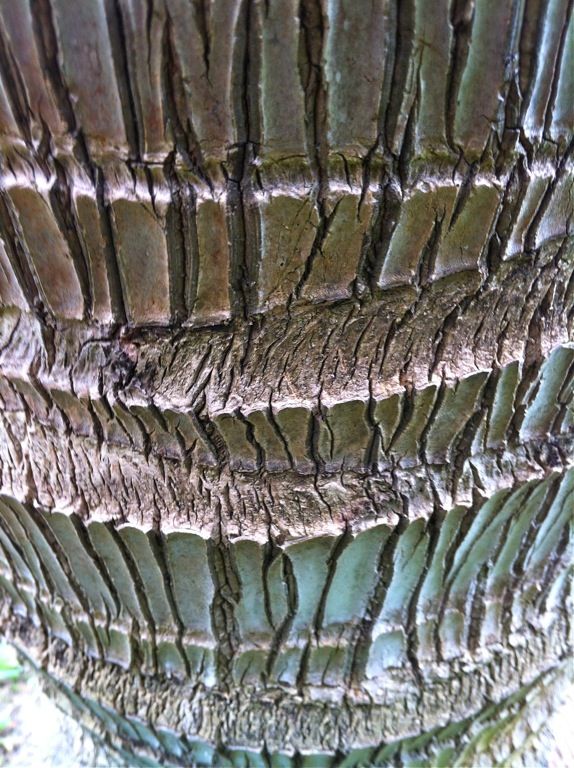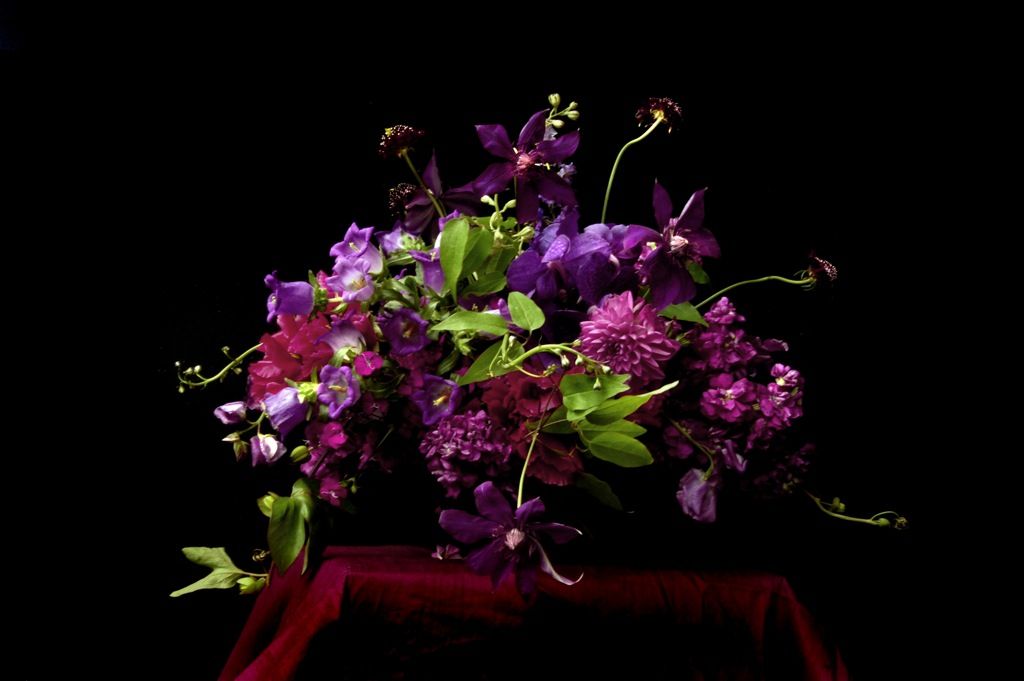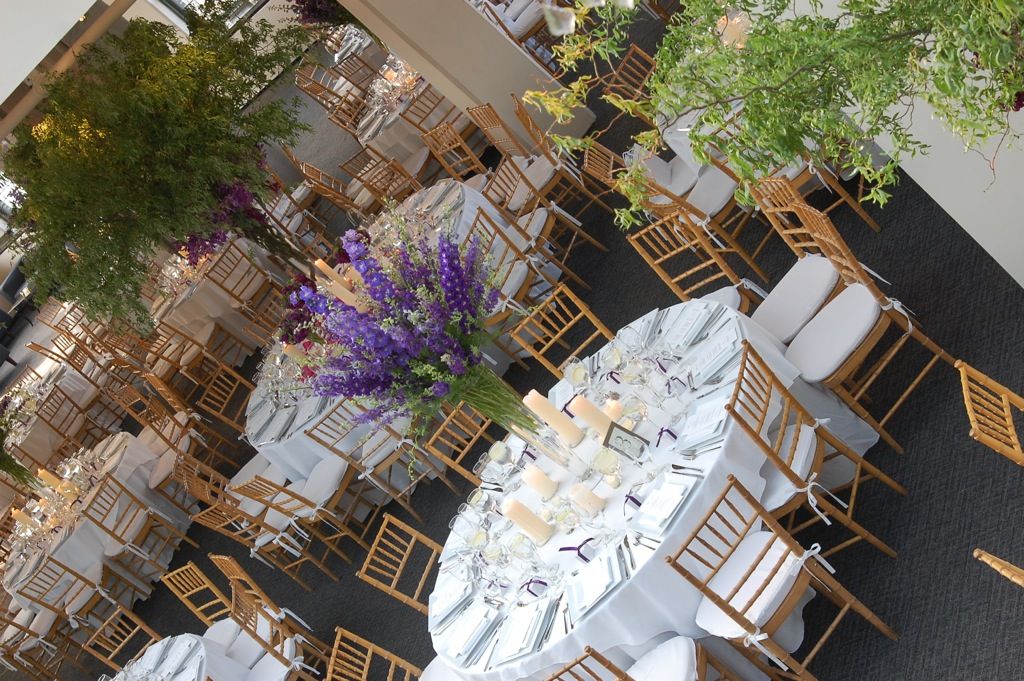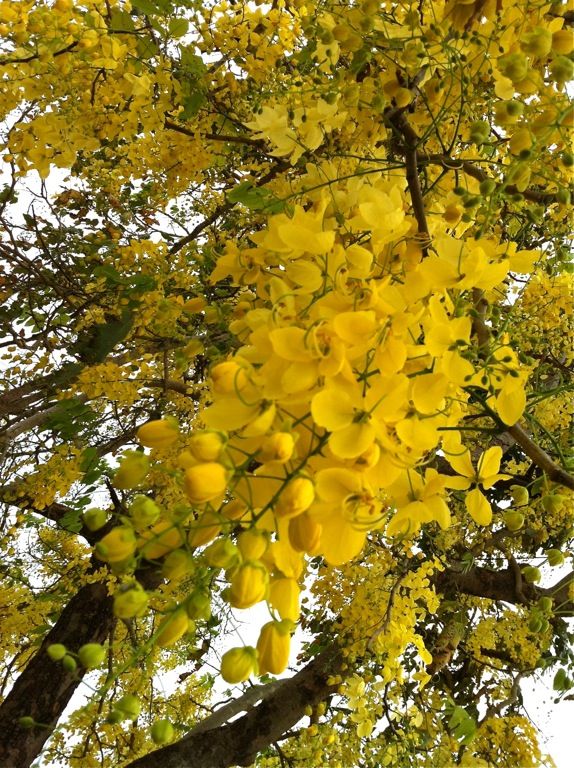 |
| Cassia fistula "Golden Shower Tree" |
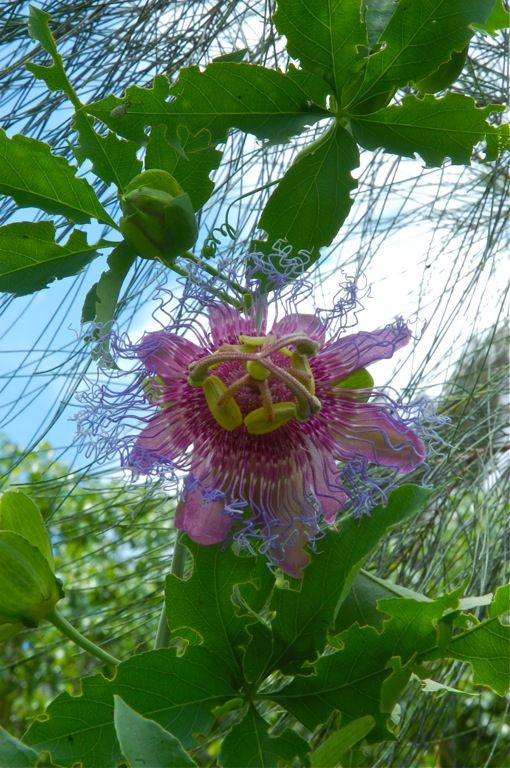 |
| Passiflora incarnata "Maypop" |
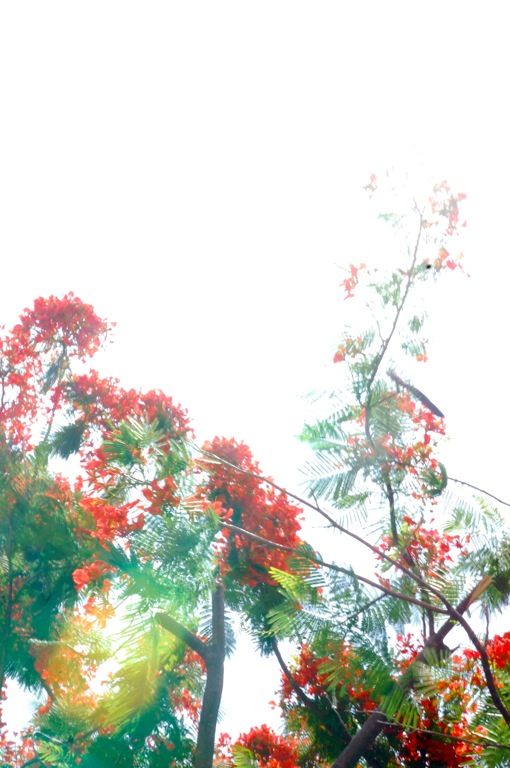 |
| Flamboyant Tree |
Many scented plants bloom exclusively at night. These plants typically have white, or light-colored flowers and are pollinated by moths. Some of these nocturnal flowers actually open during the day but don`t release their fragrance until after the sun sets.
Aromatic and Fragrant Plants
Many plants are aromatic; the scent emanates from the essential oils contained in their foliage or flowers. Apparently, strong scents protect from browsing animals; they also attract insects for fertilization. Strength and character of the scent, however, can vary depending on time of day and year, exposure to sun, wind, and temperature. Scent can also vary with different specimens even among the same species. For that reason, it is advisable to buy plants while they are in bloom.
Most plants with aromatic leaves are evergreen and many are grown both for the effect of their gray-green or silver foliage and their smell. However, some leaves have to be rubbed or crushed underfoot to release their perfume; a practice used during Elizabethan times when leaves and aromatic herbs were strewn over floors.
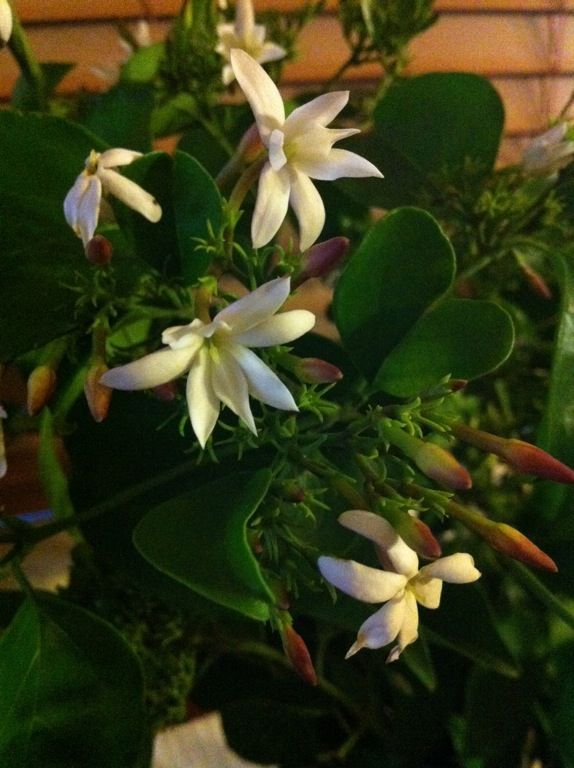 |
| Cestrum Nocturum "Queen of the Night" |

